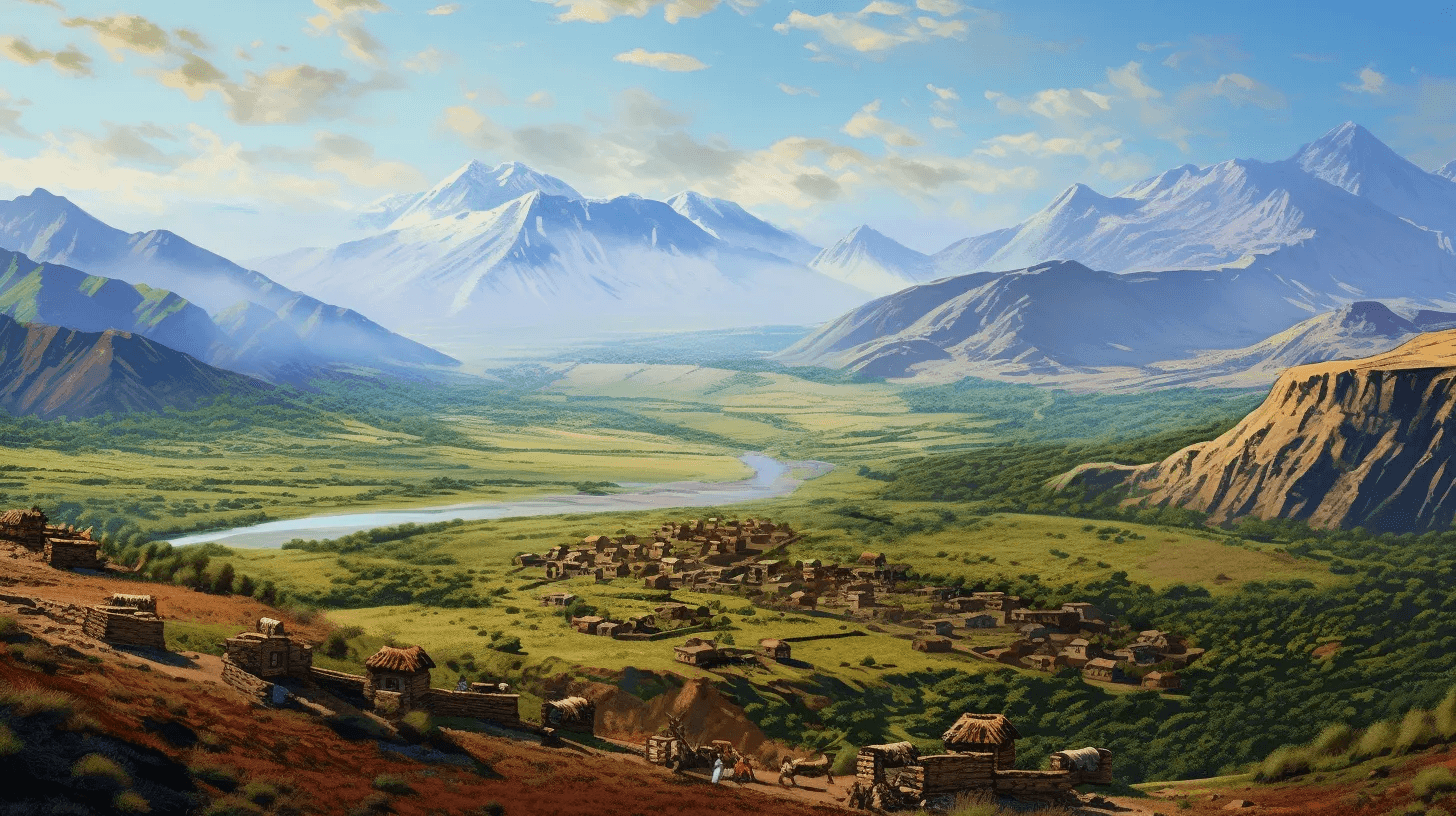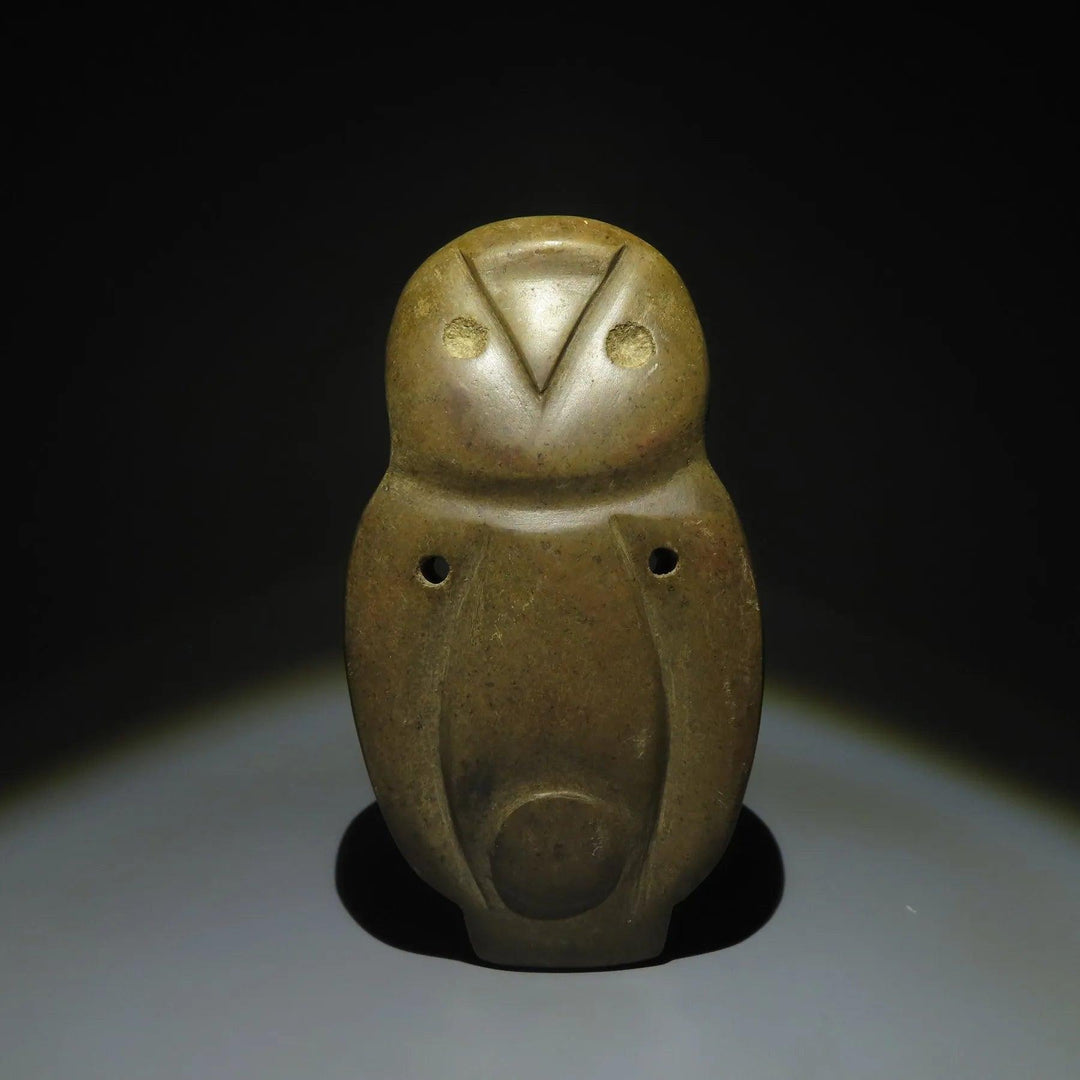
Mapuche: Artifacts from the Indigenous Warriors of Southern Chile and Argentina
Explore the rich heritage of the Mapuche people with our collection of authentic artifacts. Delve into the world of a resilient indigenous culture that fiercely resisted colonial invasions and celebrated a deep connection with the land.
The Mapuche - the indigenous inhabitants of south-central Chile and southwestern Argentina. Known for their warrior spirit, rich traditions, and profound respect for nature, the Mapuche have a history that spans thousands of years and continues to influence modern-day Southern Cone cultures.
Key Highlights:
- Resistance and Resilience: The Mapuche are renowned for their resistance against the Spanish conquistadors, notably during the Arauco War, where they defended their lands and maintained their independence for centuries.
- Spiritual Beliefs: Rooted in a deep reverence for nature, the Mapuche spiritual world is inhabited by various spirits, with the machi (shaman) playing a central role in rituals and healing.
- Art and Craftsmanship: The Mapuche are skilled artisans, known for their silverwork, weaving, and wood carving, each piece echoing tales of their ancestors and beliefs.
- Language and Lore: The Mapudungun language is a testament to the Mapuche's rich oral tradition, filled with tales, legends, and ancestral wisdom.
Regions: The Mapuche territories, known as Wallmapu, span:
- Araucanía: The heartland of the Mapuche culture in south-central Chile.
- Puelmapu: The eastern lands in the Argentine Patagonia.
- Coastal Regions: Stretching along the Pacific coast, where the Lafkenche (coastal Mapuche) reside.
- Andean Foothills: Home to the Pehuenche, who live in the Andean valleys.
Valued Materials: The Mapuche, with their rich cultural traditions, cherished various materials:
- Silver: Widely used for crafting jewelry, ceremonial items, and adornments.
- Wool: Employed in weaving colorful textiles, ponchos, and blankets.
- Wood: Used for carving ritual items, tools, and musical instruments.
- Natural Dyes: Derived from plants and minerals, used to color their textiles and artworks.
Relevant Time Periods: The history of the Mapuche can be segmented based on significant events and cultural shifts:
- Pre-Hispanic Era: The ancient period before the arrival of the Spanish, marked by tribal life and early settlements.
- Colonial Resistance (c. 16th–19th century): Spanning the confrontations with the Spanish and later the Chilean and Argentine republics.
- Modern Era: Marked by the challenges of integration, land rights issues, and the resurgence of Mapuche identity and activism.
Step into our curated collection of Mapuche artifacts, each echoing tales of brave warriors, skilled artisans, and spiritual leaders. From intricately designed silver trarilonko (headbands) to handwoven textiles, immerse yourself in the rich heritage of a people who have stood the test of time.




